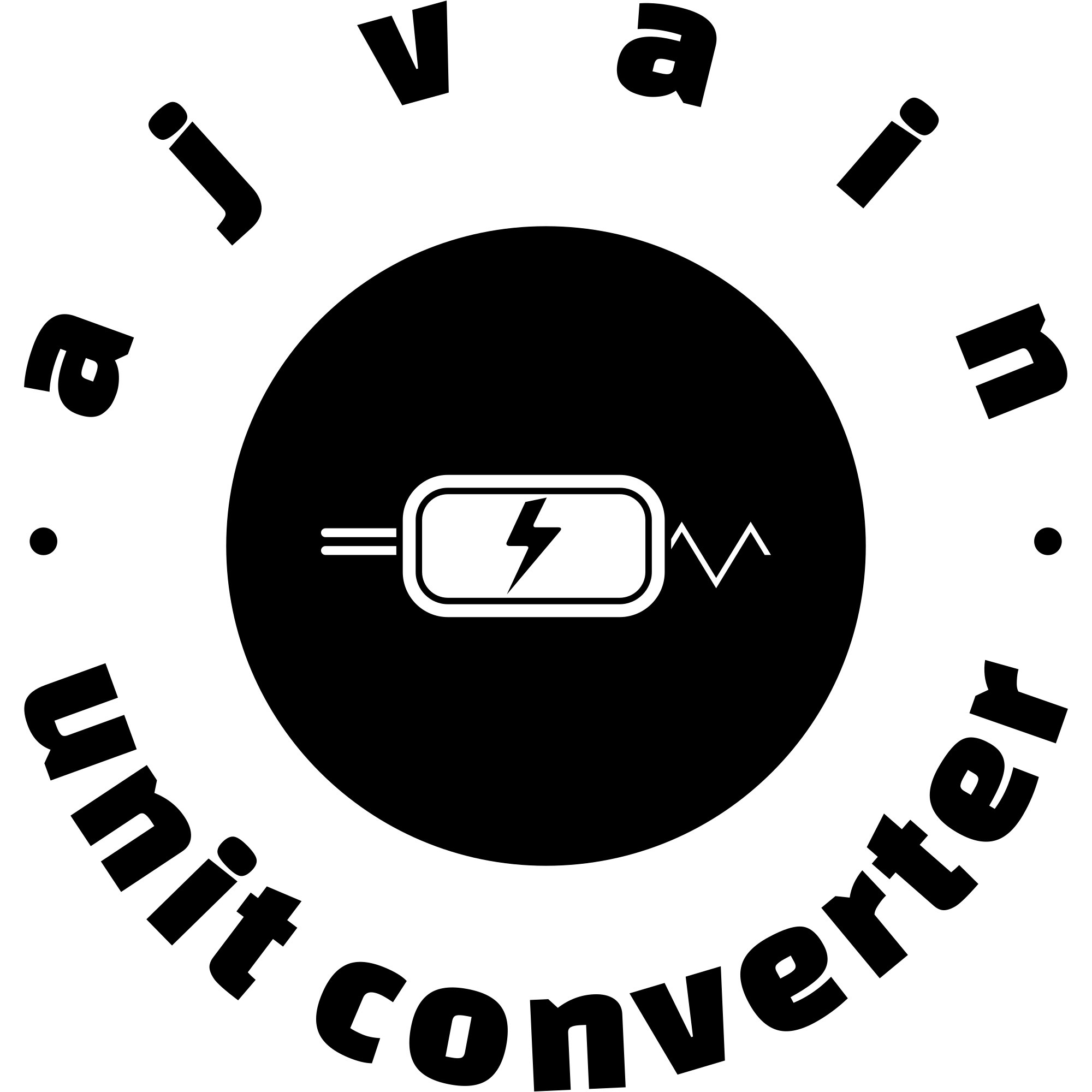Radiation Exposure Converter
Radiation Exposure Challenge
Radiation Exposure Converter
Radiation exposure measurement is vital in fields such as medical diagnostics, therapeutic treatments, industrial processes, and environmental monitoring. The Radiation Exposure Converter is a sophisticated tool designed to accurately convert radiation exposure values between various units, ensuring users can effectively interpret and compare measurements across different applications and standards.
Features of the Radiation Exposure Converter
1. User-Friendly Interface
The converter is designed with an intuitive interface that simplifies the conversion process. Users can easily input values, select units, and view results with minimal effort.
2. Comprehensive Unit Support
The converter supports a wide range of units for measuring radiation exposure, including:
- Grays (Gy): The SI unit of absorbed dose, where 1 Gy equals 1 joule per kilogram.
- Rads (rad): A traditional unit of absorbed dose, where 1 rad equals 0.01 Gy.
- Sieverts (Sv): The SI unit of dose equivalent, accounting for the biological effects of radiation.
- Rems (rem): A unit used mainly in the United States to measure radiation dose equivalent, where 1 rem equals 0.01 Sv.
- Roentgens (R): A unit of exposure dose used to measure ionizing radiation in air.
3. Real-Time Conversion
The Radiation Exposure Converter performs real-time conversions, instantly calculating and displaying the equivalent exposure in all supported units.
4. Accuracy and Precision
The converter uses precise algorithms and conversion factors to ensure all results are accurate, making it essential for applications requiring exact measurements.
5. Error Handling and Validation
The converter includes robust error-handling features and input validation to maintain the integrity of the conversion process.
6. Customizable Settings
Users can customize their experience by setting default units for conversions, streamlining the process for regular use.
7. Educational Resources
The webpage includes educational resources that explain radiation measurement concepts, units, and conversion formulas.
Functions of the Radiation Exposure Converter
1. Input Field
The input field supports numerical values, including decimals, for precise data entry.
2. Unit Selection Dropdown
A dropdown menu allows users to select the unit of the entered value, enabling specification of the measurement unit for conversion.
3. Convert Button
The "Convert" button initiates the conversion process, displaying the results in the output section.
4. Output Display
The output display section shows the converted values in all supported units, providing clear and concise results.
5. Reset Button
The reset button clears all input fields for a new conversion, enhancing efficiency and usability.
6. Help Section
The help section provides guidance on using the converter, including detailed instructions and examples.
7. Conversion Formulas
The webpage includes the formulas used for converting between different units, ensuring transparency and accuracy.
Applications of the Radiation Exposure Converter
1. Medical and Clinical Use
The converter ensures precise conversions of radiation doses, aiding in treatment planning, patient safety monitoring, and evaluating therapeutic interventions.
2. Radiation Safety and Monitoring
Radiation safety professionals use the converter to monitor and manage exposure levels in various environments, ensuring regulatory compliance and protective measures.
3. Scientific Research
Researchers rely on the converter for accurate unit conversions, essential for interpreting research results and comparing findings across studies.
4. Educational Use
The converter serves as an educational tool for students, providing hands-on experience with unit conversions and practical applications.
5. Regulatory Compliance
Regulatory agencies use the converter to ensure compliance with radiation protection standards, making it a valuable tool for managing radiation exposure.
Benefits of Using the Radiation Exposure Converter
1. Enhanced Accuracy and Precision
The converter ensures high accuracy and precision, essential for making informed decisions based on accurate data.
2. Time Efficiency
By automating the conversion process, the tool saves users time and effort, allowing them to focus on primary tasks.
3. Comprehensive Coverage
The converter supports a wide range of units, enhancing its versatility and usefulness across different applications and fields.
4. Accessibility and Flexibility
The responsive design ensures the tool is accessible on various devices, with multilingual support for users from diverse backgrounds.
Conclusion
The Radiation Exposure Converter is a valuable resource for managing and interpreting radiation exposure data. Its user-friendly interface, comprehensive unit support, real-time conversion capabilities, and educational resources make it essential for medical professionals, safety experts, researchers, and students.
By providing accurate and efficient unit conversions, the converter contributes to improved understanding and management of radiation exposure, making it a reliable and indispensable tool in the field of radiation science.
